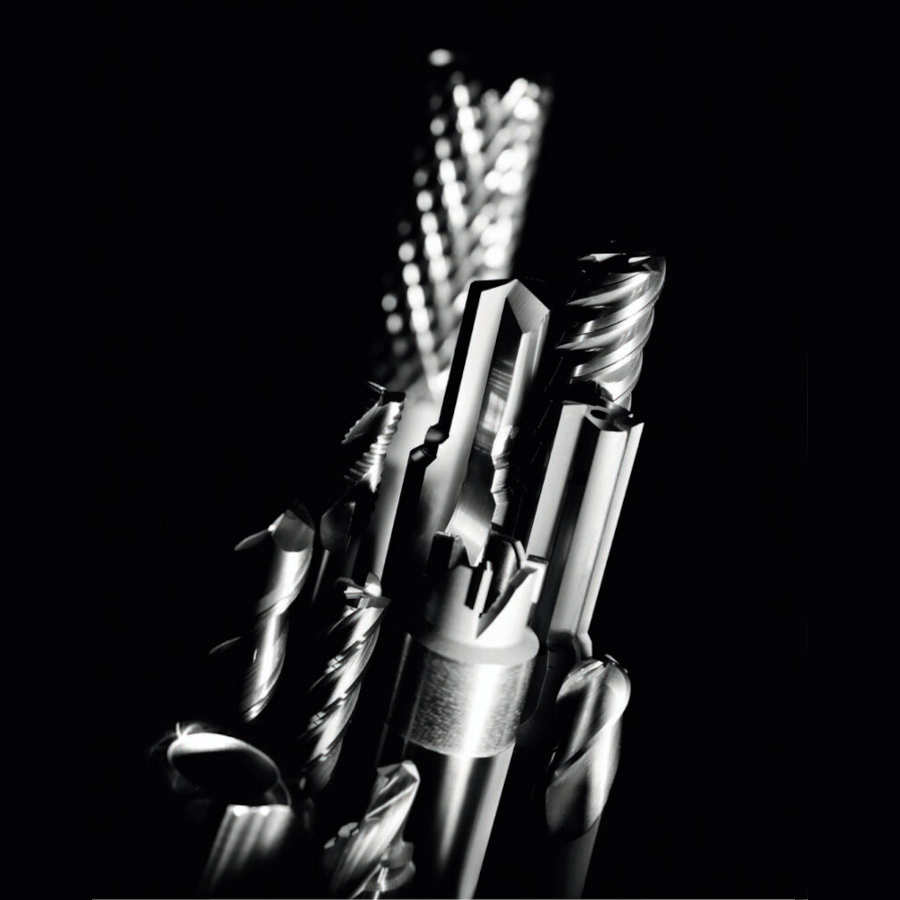
PCD tools for brass processing
https://www.tommasin.com/wp-content/uploads/2020/11/imgCopCatalogo.jpg
Contact us, to make your special tool
PCD tools and brass: Why choose them?
The best tools for brass processing are PCD tools. In fact, since brass is an oxidable copper and zinc alloy, and therefore a non-ferrous material, PCD tools are the most suitable choice.
PCD tools also adapt to the characteristics of this material, such as:
- Ductility
- Malleability
- Good corrosion resistance
- Fairly high hardness values
- Resilience
- Fusibility
- Remarkable acoustic properties
https://www.tommasin.com/wp-content/uploads/2020/11/Brass_Crimp_Fittings.jpg
Type of brass
Brass is generally divided into three main types:
- Soft brass, consisting of copper and zinc
- Quaternary brass, in which there is a fourth chemical element that characterises the alloy
- Binary brass, in which there are other chemical elements.
Soft brass in turn is divided into:
- α phase brass: when the zinc content is less than 36% (approx.); they have an excellent cold workability and good hot workability.
- α-β phase brass: when the zinc ranges between 36 and 45%; they can easily be machined when hot.
The areas of application of brass
Thanks to its characteristics, brass is used in various fields of application, including:
- Electrical equipment
- Road transportation
- Nautical sector
- Hobs
- Ammunition
- Hydro-sanitary products
- Chemical industry
- Mechanical industry
- Construction and furnishing
- Minting and similar
- Musical instruments
TOMMASIN’S PCD tools for brass processing.
TOMMASIN has reserved a dedicated section, in which you can find any carbide, PCD or braze-welded tool suitable for brass processing.
Furthermore, customised special tools can also be created to satisfy even the most exigent requests and find the product that best suits your needs.


